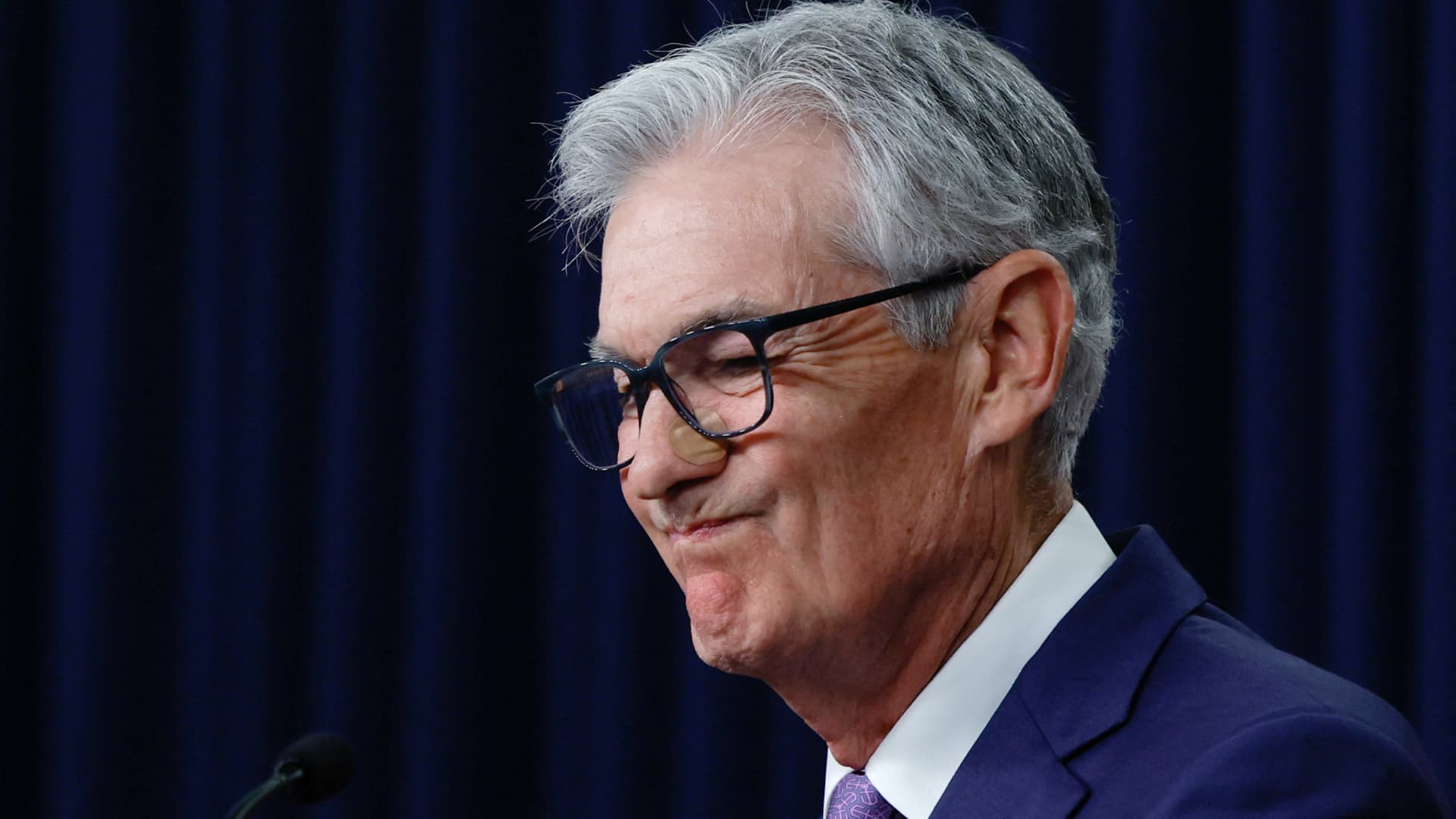
The Fed is 'playing with fire' by not cutting rates, says creator of 'Sahm Rule' recession indicator
CNBC
Economist Claudia Sahm has shown that when the unemployment rate’s three-month average is half a percentage point higher than its 12-month low, the economy is in recession. Sahm said the Fed is taking a big risk by not moving now with gradual cuts. Fed officials last week sharply lowered their individual forecasts for rate cuts this year, going from three expected reductions at the March meeting to one this time around. Economist Claudia Sahm on CNBC’s The Exchange.
The Federal Reserve is risking tipping the economy into contraction by not cutting interest rates now, according to the author of a time-tested rule for when recessions happen.
Economist Claudia Sahm has shown that when the unemployment rate’s three-month average is half a percentage point higher than its 12-month low, the economy is in recession.
As the jobless level has ticked up in recent months, the “Sahm Rule” has generated increasing talk on Wall Street that what has been a strong labor market is showing cracks and pointing to potential trouble ahead. That in turn has generated speculation over when the Fed finally will start reducing interest rates.
Sahm said the central bank is taking a big risk by not moving now with gradual cuts: By not taking action, the Fed risks the Sahm Rule kicking in and with it a recession that potentially could force policymakers to take more drastic action.
“My baseline is not recession,” Sahm said. “But it’s a real risk, and I do not understand why the Fed is pushing that risk. I’m not sure what they’re waiting for.”
“The worst possible outcome at this point is for the Fed to cause an unnecessary recession,” she added.
Flashing a warning sign
As a numeric reading, the Sahm Rule stood at 0.37 following the May employment report from the Bureau of Labor Statistics that showed the unemployment rate rising to 4% for the first time since January 2022. That’s the highest the Sahm reading has been on an ascending basis since the early days of the Covid pandemic.
The value essentially represents the percentage point difference from the three-month unemployment rate average compared to its 12-month low, which in this case is 3.5%. A reading of 0.5 would represent an official trigger for the rule; a couple more months of 4% or better
CNBC
The full article is available here. This article was published at CNBC Economics.
Comments are closed for this article!